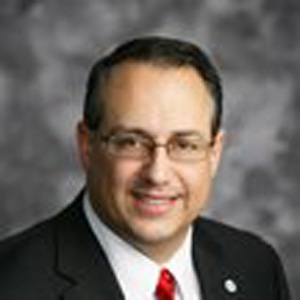 |
| Gates and fencing can keep visitors to one part of a campus away from other parts of the campus |
The need for more robust security in schools has been brought to the fore by a series of shooting incidents in schools in the US in the last few years. While such incidents are relatively rare, the threat of untoward incidents in schools is real and too serious to be ignored. This article lists some essential steps for school administrators to respond to potential security issues caused due to various circumstances.
When you mention security and K-12 schools in the US, two names come to mind: Columbine High School and Sandy Hook Elementary School. Since 2010, nearly 60 people have been shot on K-12 school campuses, yet fatal shootings remain relatively rare in the United States. There are approximately 133,000 U.S. public and private kindergartens through 12 grade (K-12) schools, more than 55 million elementary and secondary school students, and nearly 4 million public and private school teachers.
Within primary and secondary education, there are also other security issues that do not get national attention. These include theft, bullying and vandalism. In 2010, students aged 12-18 were 25 percent more likely to be victimized by non-fatal crimes while on a school campus than when away from school. During that same school year, 85 percent of public schools reported incidents of violence, theft or other offenses for a total of 1.9 million crimes.
Listed below are suggested responses for several school security situations:
Active Shooters on School Campuses
Staff and students should be instructed to follow first responder instructions, and a master station is also useful to account for students, faculty and staff |
In the event of an active shooter on a school campus, the following steps could be taken
- Lock down school building – this should be used sparingly as overuse can desensitize staff and students.
- Act immediately to move children away from the shooter.
- If inside, stay away from doors and windows, and lock them. Close blinds and turn off the lights.
- Take cover if available. Get behind something solid. Remain quiet, and teachers should take attendance.
- Turn off cellular phones completely once emergency calls have been made.
- Wait for further instructions from first responder.
Events Held on Campus
Events, such as dances, football games, or concerts, could attract thousands of visitors from the surrounding community. Gates and fencing can keep visitors to one part of a campus away from other parts of the campus. A no re-entry policy can also be effective.
Natural Disaster
Natural disasters such as tornadoes, hurricanes, wildfires, floods and earthquakes are also potential concerns. Communication with local first providers in the event of an emergency of this kind is critical. A campus communications plan also ensures safety.
Other environmental disasters such as fires, chemical spills, and construction defects can affect school campuses. It is important to have an evacuation site, as well as an alternate location in case the primary site is inaccessible. Staff and students should be instructed to follow first responder instructions, and a master station is also useful to account for students, faculty and staff.
Editor's Note: This article is adapted by SourceSecurity.com's editors from a presentation by Andre V. Greco, Director of sales, North America, for Johnson Controls.



















